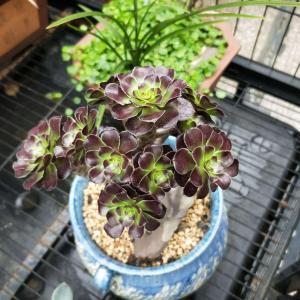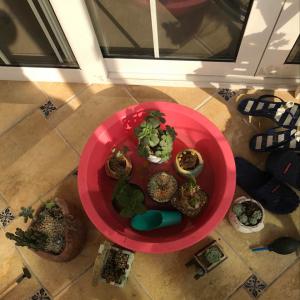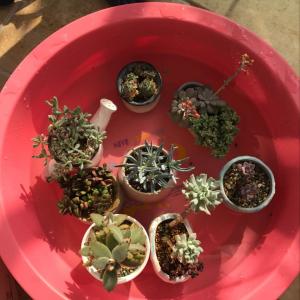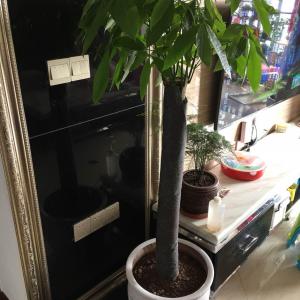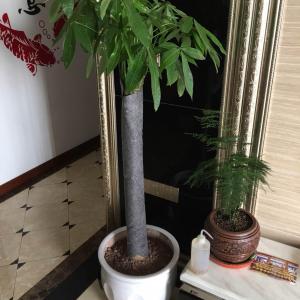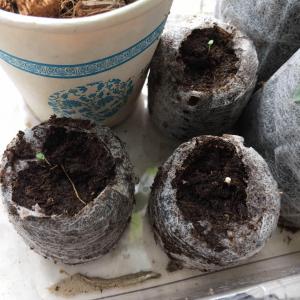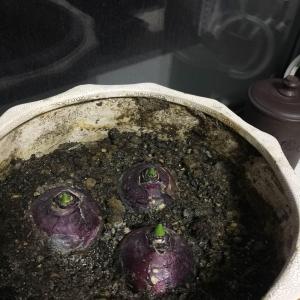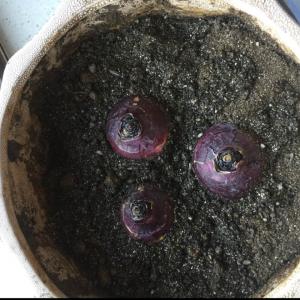文章
权问薇
2017年12月16日


可否扦插
这种办法对其他植株来说,是比较简单的,这种花可以吗?答案的肯定的,成活率也是比较高的。这个操作可以少晚一点,可以选择在10月之前进行,这时候各个条件都比较适宜生长,成活的概率是比较大的,之后养护的难度也比较小,所以这段时间是最合适的。
扦插的步骤
芽插
要选择饱满一点的,腋芽生长比较好的枝条,先把花序去掉,从节间剪下,单每节要保留2cm的枝条作为插穗,去掉一部分小叶,到这里准备工作就最好了。然后直接放在已经准备好的基质里面,插入5cm左右,要把叶子漏出来,不能埋在土里。如果想插多棵,可以选择间距稍大一点。
嫩枝插
同样的选好枝条,但是剪的时候要注意每段保留2-3节,同样要剪掉花序和下部的叶子,要留在土中2节,上面留有一片叶子就可以。最上一节要带小叶,同样要注意间距,否则养分会分配不均,降低成活的概率。

插后的管理
插好时候要立刻把水浇足,这样可以让埋进土中的部分和土壤充分的结合,让枝条吸收足量的水分。为了遮阴,要在上面支棚,还要盖上草,这样能制造半阴的环境,把温度控制在25℃左右。过40天左右,就能逐渐去掉塑料棚和草帘,这样第二年的春天就能移栽,这一年就可开花。
好啦,知道扦插这一套操作的步骤了吧,可以自己试一下。
0
0
文章
Miss Chen
2017年12月02日

Wild psilocybin mushrooms are found in many locations across the globe and occur in at least 10 different varieties. Some psilocybin-containing mushrooms have not been named as a strain yet and are simply called "unidentified." The most common of the wild psilocybin-containing mushrooms, Psilocybe cubensis, is found in the United States, Mexico, Central and South America and the West Indies. Psilocybin mushrooms can often be recognized by their color, shape and stem bruising, which produces a blue color. Psilocybin mushrooms should be carefully avoided because they carry major health risks and are illegal to use in the United States. The ingestion of these mushrooms can cause hallucinations, nausea, vomiting, drowsiness or even renal failure. Always carefully identify any mushroom in question before consumption to ensure that it is not of this type.

Look at the color of the mushroom. Young Psilocybe cubensis mushrooms (typically these will be smaller ones) may be a deep golden brown color, while more mature ones are a lighter golden brown color.
Look for a center marking. The Psilocybe cubensis has a distinct darker brown spot in the center of the mushroom.
Look at the stem of the mushroom to see if there is a blue hue. This color, which may be caused by an oxygen and psilocybin interaction, occurs with bruising of any type. If the mushroom has been touched by a human, insect, or even grass or other mushrooms this reaction is likely to occur.

Look for a deep purple colored gill cover. This mushroom veil is a very thin covering that stays on the mushroom gills until the mushroom cap fully expands, at which point it will break. A broken veil can often be observed circling the stems of psilocybin mushrooms.

Look at the color of the mushroom. Young Psilocybe cubensis mushrooms (typically these will be smaller ones) may be a deep golden brown color, while more mature ones are a lighter golden brown color.
Look for a center marking. The Psilocybe cubensis has a distinct darker brown spot in the center of the mushroom.
Look at the stem of the mushroom to see if there is a blue hue. This color, which may be caused by an oxygen and psilocybin interaction, occurs with bruising of any type. If the mushroom has been touched by a human, insect, or even grass or other mushrooms this reaction is likely to occur.

Look for a deep purple colored gill cover. This mushroom veil is a very thin covering that stays on the mushroom gills until the mushroom cap fully expands, at which point it will break. A broken veil can often be observed circling the stems of psilocybin mushrooms.
0
0
文章
Miss Chen
2017年11月29日

Bitterweed is an annual wildflower from the aster family that frequently infests pastures, sandy ground, prairies and disturbed sites. The weedy plant has a mature height of ½ to 2 ½ feet and blooms with small, five to 10 petaled yellow flowers. Bitterweed gets its name from its bitter, toxic foliage that gives cow milk a bitter taste if grazed. Greater quantities of foliage ingestion can kill domesticated farm animals and horses. You can kill bitterweed in pastures with the use of 2, 4-D herbicide, as recommended by the Mississippi State University Extension.

Step 1
Apply the herbicide to young, active growing weeds for best control. Younger plants are more effectively controlled than the more mature ones.
Step 2
Check that the weeds have at least two true leaves before you start treatment. If the weeds do not have true leaves, the effect of the herbicide is reduced.
Step 3
Mix herbicide at the rate of 1 to 2 pints for every 10 to 20 gallons of water. Fill the sprayer with herbicide solution.
Step 4
Spray all weed plants evenly at the recommended rate of 20 gallons per acre. Do not use a low spray volume, as this usually does not provide coverage adequate to kill the weed.

Step 5
Do not treat pastures that are severely drought stressed. Also, do not use the herbicide on pastures of annual legumes until after the production of seed.

Step 1
Apply the herbicide to young, active growing weeds for best control. Younger plants are more effectively controlled than the more mature ones.
Step 2
Check that the weeds have at least two true leaves before you start treatment. If the weeds do not have true leaves, the effect of the herbicide is reduced.
Step 3
Mix herbicide at the rate of 1 to 2 pints for every 10 to 20 gallons of water. Fill the sprayer with herbicide solution.
Step 4
Spray all weed plants evenly at the recommended rate of 20 gallons per acre. Do not use a low spray volume, as this usually does not provide coverage adequate to kill the weed.

Step 5
Do not treat pastures that are severely drought stressed. Also, do not use the herbicide on pastures of annual legumes until after the production of seed.
0
0



